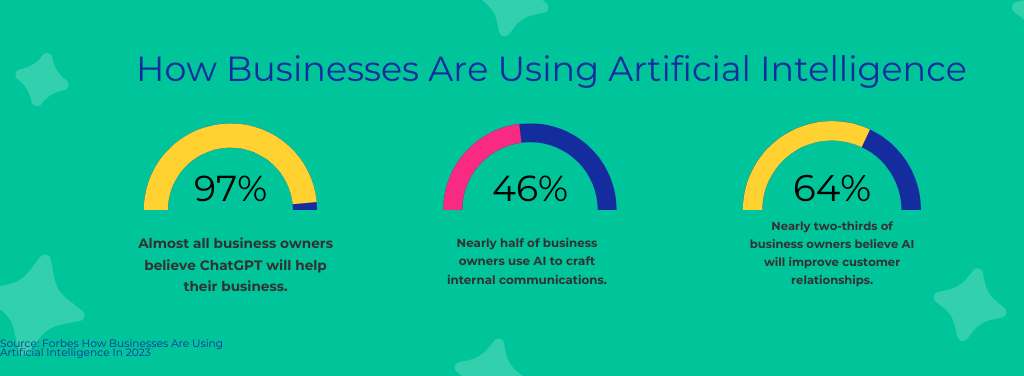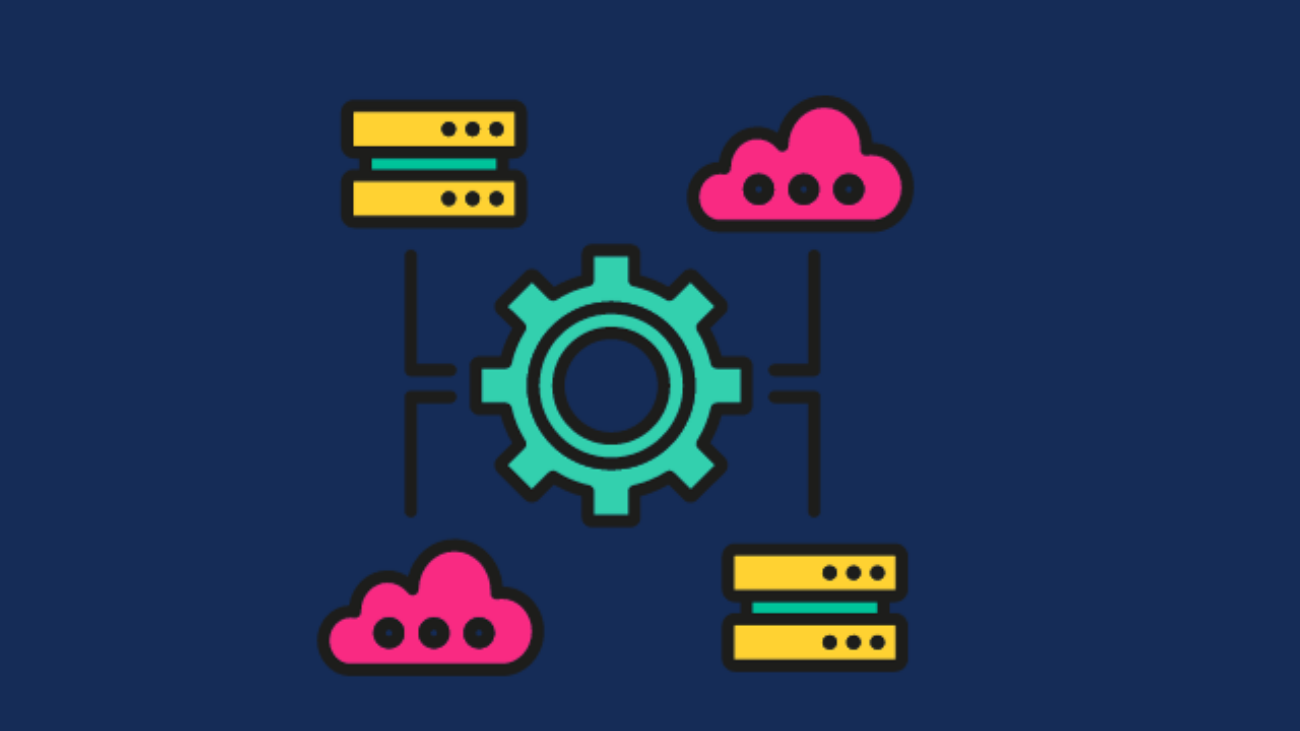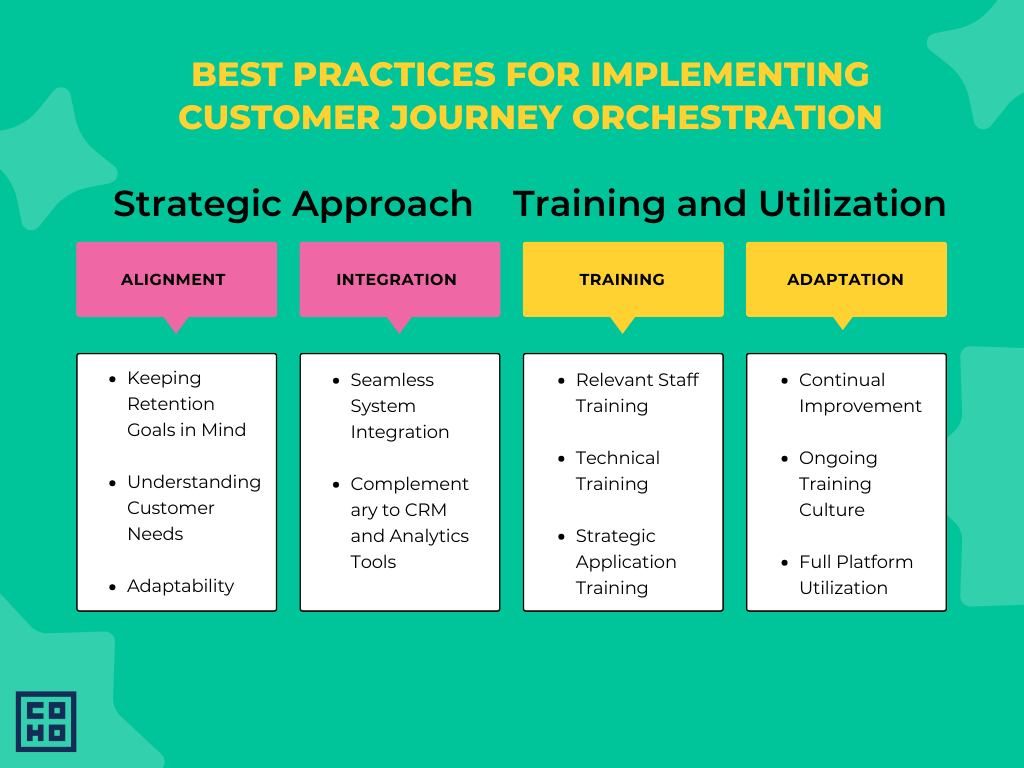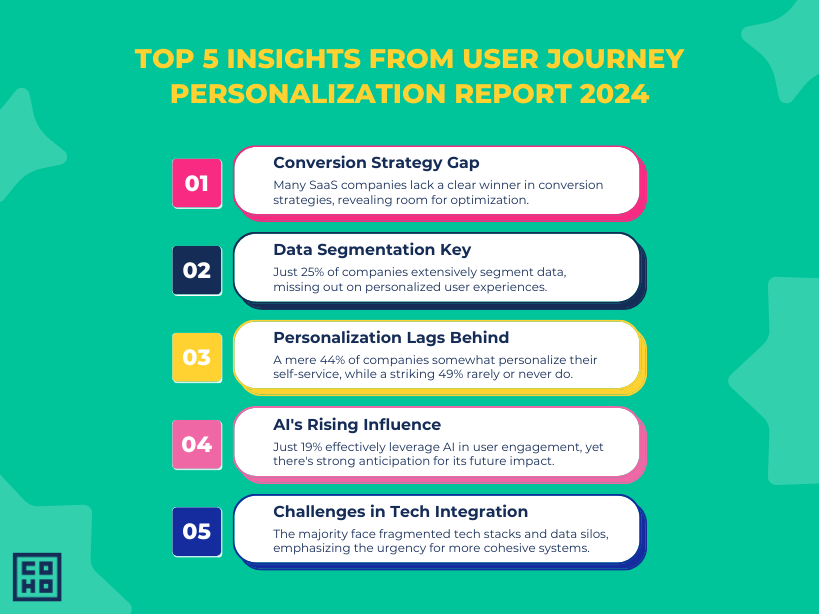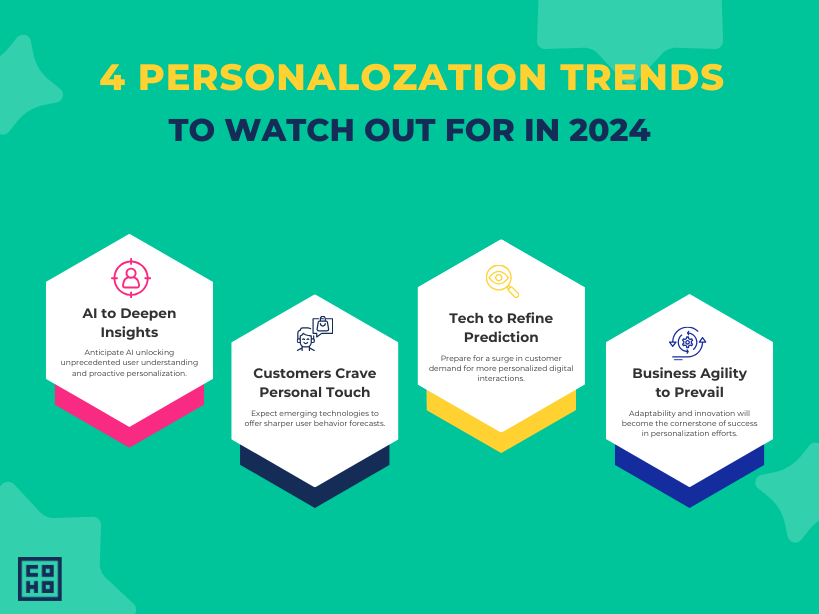As 2024 unfolds, the digital marketing scene is witnessing a massive shift, driven by advanced AI technologies. This transformative wave, initially sparked by AI breakthroughs like ChatGPT, has now positioned AI as an indispensable tool in the marketing sector, especially for app products. AI has evolved from being a novel innovation to a crucial element in driving user engagement, enhancing user experience, and converting free users into paying customers.
The Rise of AI-Powered Writing Tools
AI-powered writing tools have emerged as key players in digital marketing. These tools are not just about generating content; they are about creating connections. They analyze user data and preferences to craft content that is engaging, persuasive, and tailored to individual user profiles. This personalization is vital for building rapport with users, encouraging their continued interaction with the app, and guiding them toward making a purchase.
Advanced NLP: Revolutionizing Customer Interaction
Advanced Natural Language Processing (NLP) technologies are at the forefront of this revolution. By enabling more natural, human-like interactions, NLP is transforming how customer service is perceived in the digital world. These sophisticated tools provide empathetic, context-aware responses, greatly enhancing the user experience and fostering trust and loyalty.
AI-Driven Customer Engagement Platforms
Customer engagement platforms powered by AI are redefining user engagement strategies. These platforms utilize data analytics and machine learning to predict user needs and personalize interactions. They help create a more intuitive and responsive user experience, ensuring that users find value in every interaction with the app.
AI Video Creation Tools: A New Era of Content Engagement
AI video creation tools are setting new standards in digital storytelling. These tools enable marketers to produce engaging, high-quality videos that are personalized to viewer preferences. This customization ensures that the content is not just viewed but experienced in a way that resonates with the audience, enhancing brand recall and loyalty.
AI in Social Media: Enhancing Online Brand Presence
AI-driven social media platforms are transforming how brands interact with their audience online. These platforms use predictive analytics and automated content strategies to craft content that resonates with the target audience, driving higher engagement and optimizing the effectiveness of social media campaigns.
Navigating the New Digital Marketing Landscape
As we progress through 2024, AI’s role in digital marketing is becoming more pronounced. These tools are not just supporting technologies; they are strategic enablers that guide marketing teams through the complexities of the digital landscape. They offer insights, streamline processes, and enable personalized user interactions at scale.
Personalization: The Heart of AI-Driven Marketing
One of the key strengths of AI in digital marketing is its ability to personalize user interactions. This level of personalization ensures that each user feels seen and understood, which is vital in the competitive world of app marketing. By using AI-powered tools, marketers can create tailored experiences that appeal to individual user preferences and behaviors, enhancing the likelihood of conversion from free to paid users.
AI and User Experience: Beyond Interaction
In addition to personalizing content, AI is also enhancing the overall user experience. AI-driven tools can adapt in real-time to user interactions, providing content and responses that are relevant and timely. This responsiveness enhances the user journey within the app, making it more engaging and satisfying.
AI in Content Strategy: Data-Driven Creativity
AI is also playing a crucial role in content strategy. Beyond content creation, AI tools are now involved in content optimization and distribution. They analyze the performance of content across different channels, providing insights that help marketers understand what resonates with their audience. This data-driven approach ensures that marketing efforts are not just creative but also effective.
AI-Enhanced Analytics: Uncovering Insights
Enhanced analytics is another significant aspect of AI in digital marketing. AI-driven tools provide sophisticated analysis of marketing data, uncovering trends and patterns that might be missed by traditional methods. These insights are invaluable for marketers as they fine-tune their strategies to maximize engagement and app growth.
Embracing AI for a Future-Ready Approach
Looking ahead, integrating AI into digital marketing strategies is becoming a defining factor for success. Marketers who embrace AI are positioning themselves at the forefront of the industry, ready to adapt to the rapidly evolving digital landscape. The use of AI in digital marketing is not just about keeping pace with current trends; it’s about being prepared for future developments and ensuring that businesses remain agile and responsive.
In conclusion, as 2024 progresses, AI’s role in digital marketing is becoming increasingly crucial. From enhancing content creation to personalizing user interactions and optimizing social media strategies, AI is the cornerstone of effective digital marketing. By leveraging AI tools, marketing teams can not only achieve their current objectives but also set the stage for future success in the digital age. AI in digital marketing is more than a trend; it’s a strategic necessity that defines the success of marketing efforts in a highly competitive digital environment.

